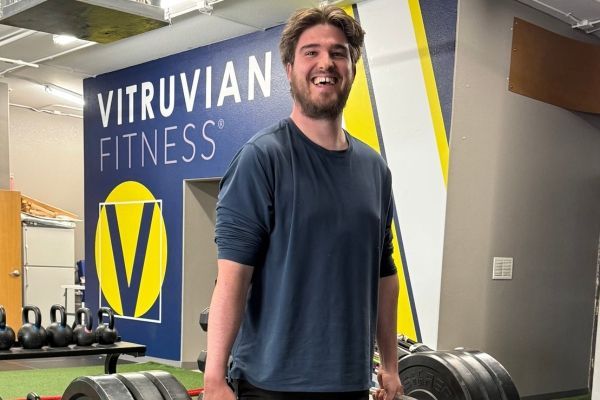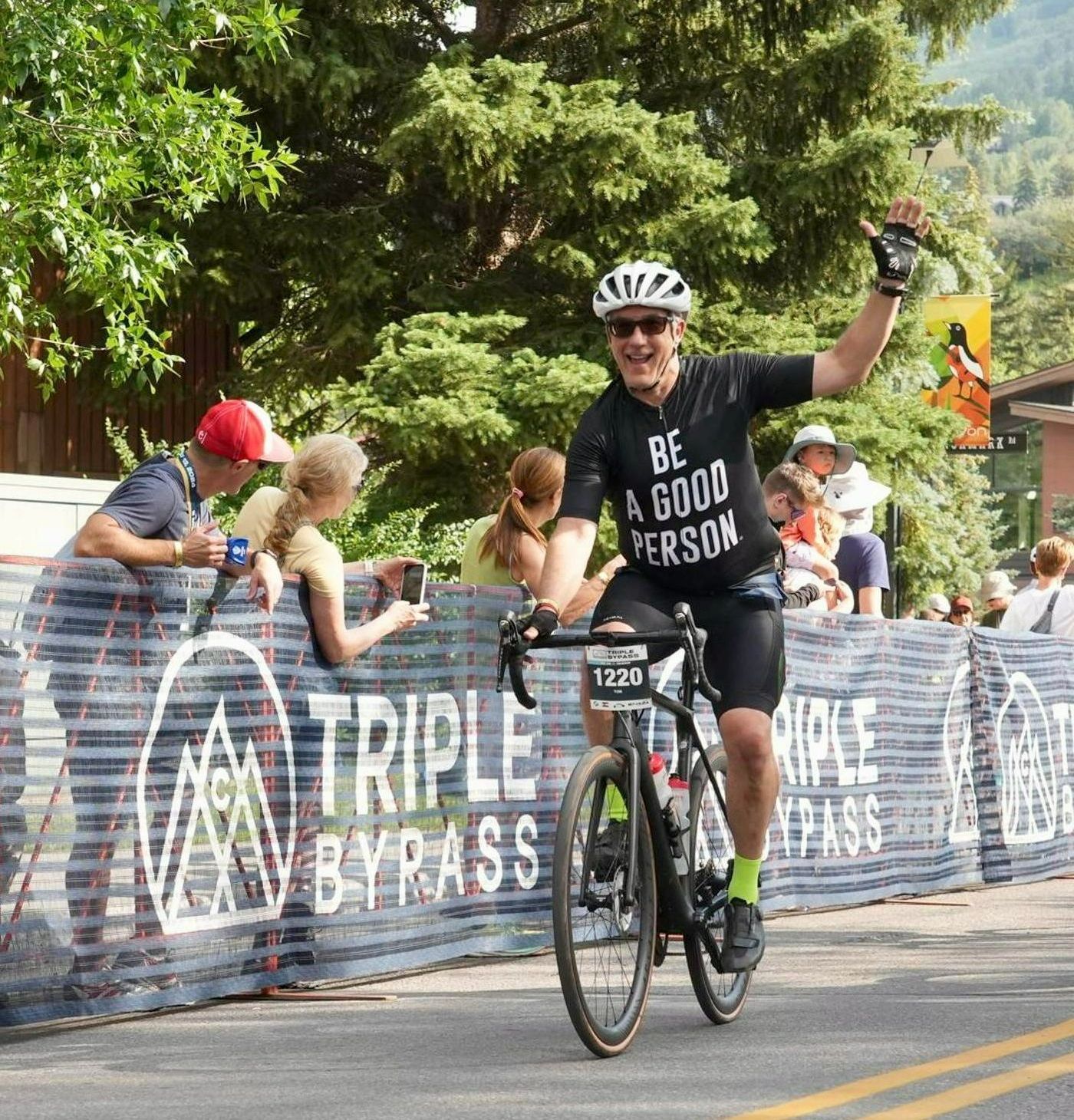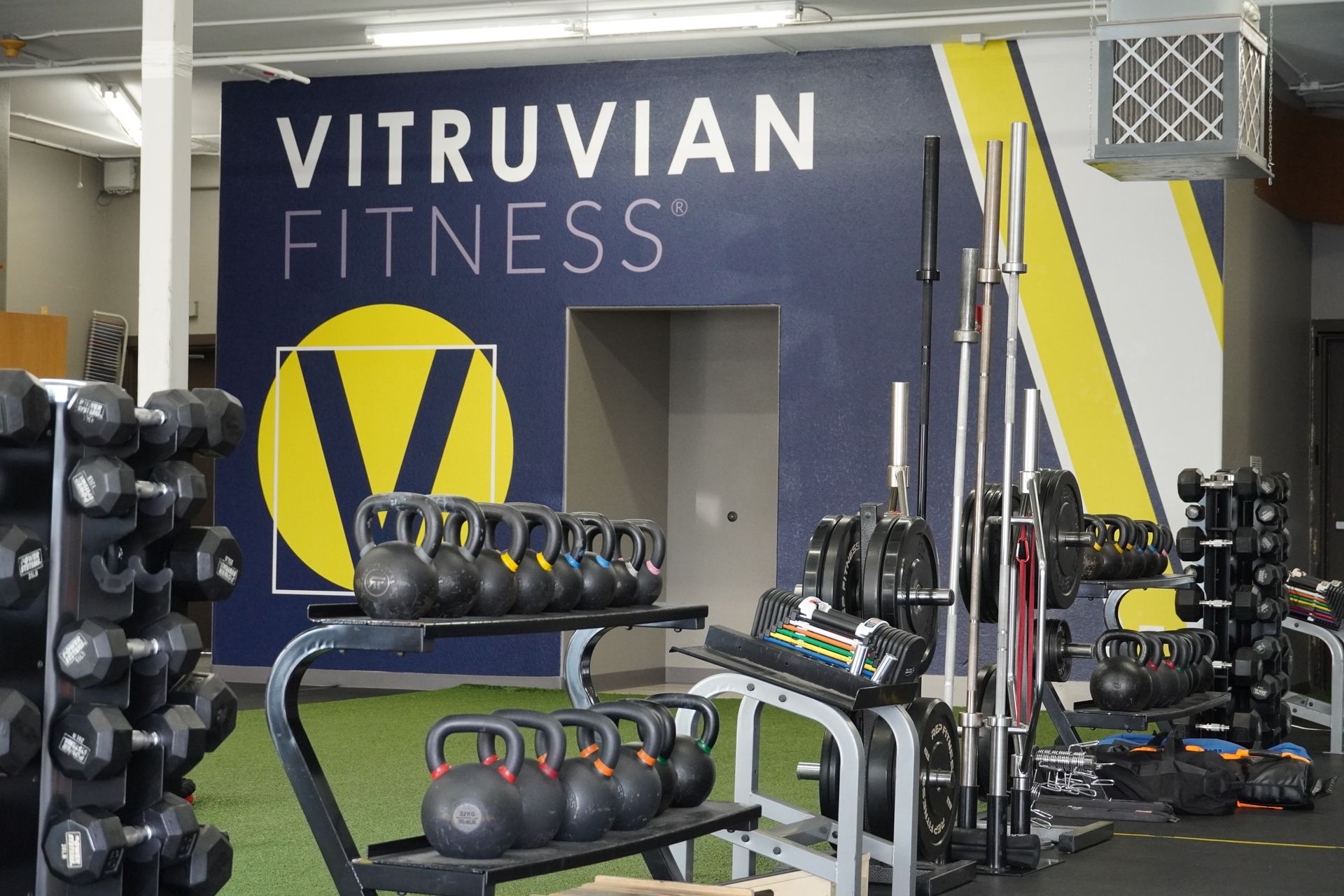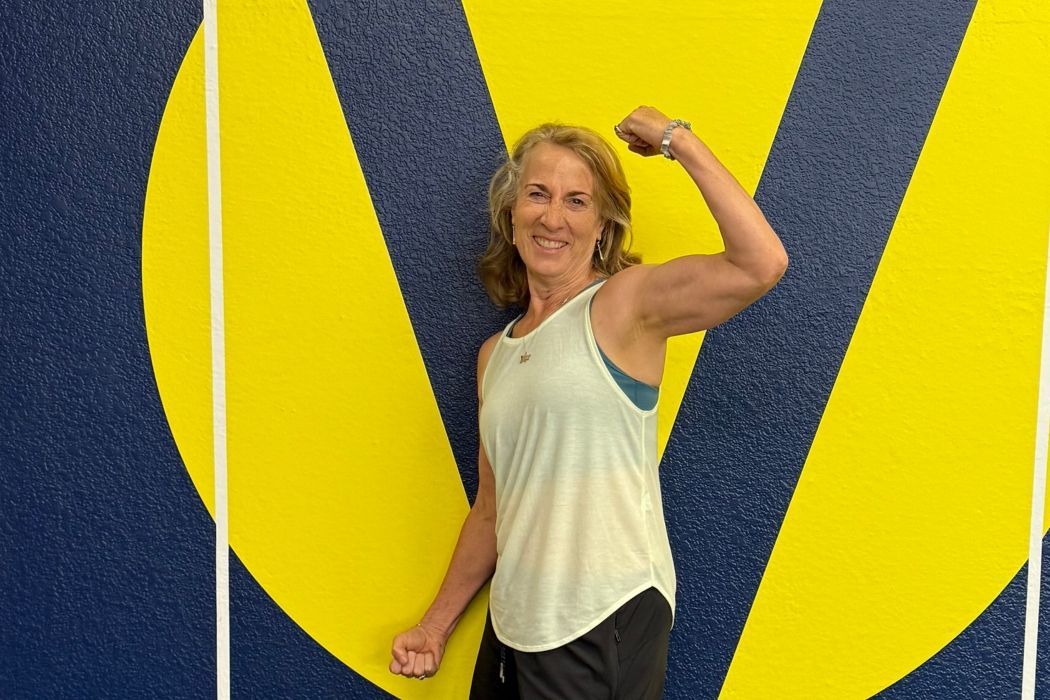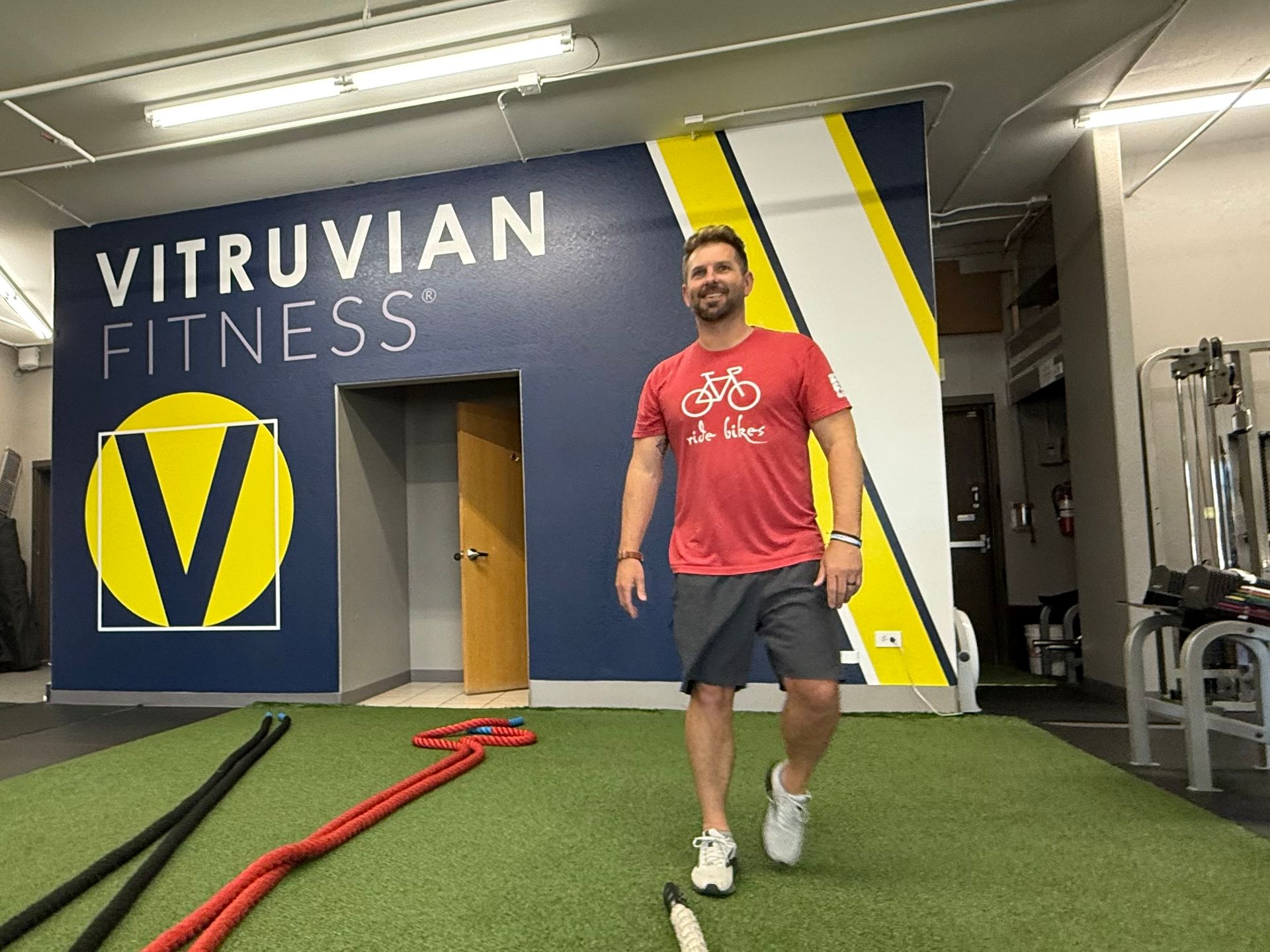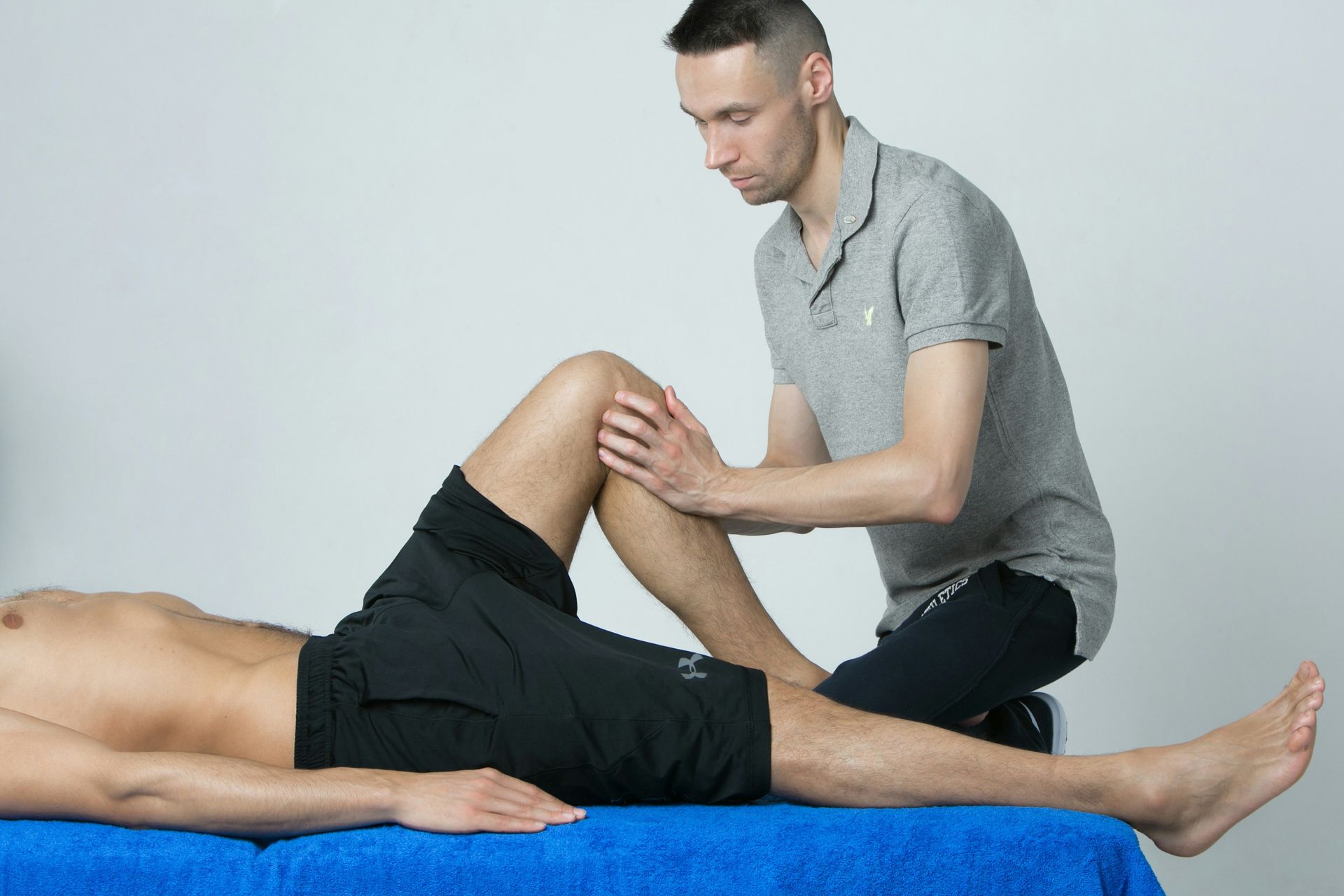Cardio for Life: From Daily Dabblers to Podium Seekers
Almost a year ago, we wrote a piece called Cardio vs. Strength Training where we introduced you to 5 archetypes. In this article, we’ll revisit these friends and introduce you to a 6th type. Of course, these are all make-believe. If you identify as one of these, cool. If you aspire to be one of these, super cool. If you see yourself as a shape-shifter who switches around between some of these, you’re probably in the majority. Awesome.
The prescriptions we’re suggesting for each of these are not rigid. Think of them more as guidelines. Templates to help you find yourself in the training process—and build from there.
Here are the archetypes:
- The Dabbler (formerly known as The Beginner)
- The Seasonal Recreationalist
- The Sportsball Gamer
- The Muscle Mechanic
- The Endurance Athlete
- The Podium Seeker
At the heart of these guidelines is The American College of Sports Medicine, the World Health Organization, the Center for Disease Control and Prevention, the American Heart Association and others calling for 150 minutes of moderate (we call that Zone 2 or LSD) cardio. They go on to say that 75 minutes of higher intensity exercise is acceptable instead, essentially doubling the intensity while halving the time.
This is fine although more recent research suggests that it should look more like this:
- A cumulative 150 minutes as a starting point* – spread out over 3 or more sessions per week of Zone 2 per week, plus
- 30 minutes of Zone 5/5+ done in short intervals spread out over 2 or more sessions per week, plus
- Strength training 2 or more times per week. We’ve written extensively about this here, here, and here.
*150 minutes is a starting point. Depending on your life and interests, nothing should hold you back from doing more. And doing cardio in the gym is fine but consider developing a recreational lifestyle. Playing outside has its own extra benefits, can be more social, and more fun!
Without further ado, here’s an exercise prescription for you.
The Dabbler
You’re New to Exercise or Haven’t Done Much Cardio
- Walking 25 minutes every single day after lunch or dinner at a brisk pace gets you to your target minimum of Zone 2.
- To get your Zone 5 requirements, mix in Japanese Interval Walking. Or,
- Do intervals at the end of your strength training sessions for 10 minutes, 3 times per week.
- Extra Credit: Go for 2 or 3 hour-long walks each week. Or 2 or 3 cardio sessions on a bike, treadmill, elliptical, rowing machine, or some other cool mechanized device.
The Seasonal Recreationalist
You bike/hike in the summer and ski/ride in the winter
- You’re probably hitting your minimums most weeks if you’re always active. More targeted work as part of a routine is probably going to solidify your plan and boost your performance on your activities.
- Three 50-minute Zone 2 sessions, plus
- Two interval workouts of 4x4s: 4 minutes Zone 5 paired with 4 minutes recovery, 4 times.
Ready to Put This Into Practice?
Train smarter - not harder. Our 14-Day Trial Membership is your chance to build a plan that fits your life, not someone else’s.
Whether you're a Dabbler, Gamer, or Podium Seeker, we’ll guide you with personalized cardio and strength programming that actually sticks.
👉 Start your 14-Day Trial and train like it matters
The Sportsball Gamer
You play sports - soccer, tennis, softball, golf, fly-fishing, etc.
- Keep it up and round out your gaming the same as the Recreationalist to elevate your game.
- Three 50-minute Zone 2 sessions, plus
- Two interval workouts of 4x4s: 4 minutes Zone 5 paired with 4 minutes recovery, 4 times.
- If your game has specific cardio activity as part of the game, train according to your game. For example:
- Soccer - include intervals that look like jogging for 5 to 10 minutes mixed with sprints equivalent to the length of the soccer field.
- Tennis - calisthenics moving in multiple directions for as long as your typical rallies last.
- Golf - Assuming you’re walking the course when you play, you just need intervals.
- Softball - Add sprints the distance between bases practicing rounding the bases and coming to very quick halts.
The Muscle Mechanic
You lift big weights a lot
- If you’d rather lift heavy weights every day of the week before you contemplate doing 60 seconds of cardio, you are in the Dabbler category. Or maybe you just need a paradigm shift (aka a wakeup call). You’re going to benefit most from rethinking why you exercise and realign your priorities. If this sounds harsh, OK.
- Three 50-minute Zone 2 sessions plus
- Two interval workouts of 4x4s: 4 minutes Zone 5 paired with 4 minutes recovery, 4 times.
The Endurance Athlete
You ride, run, swim - maybe doing events that come with a participation medal and a beer at the finish line
- You’re already getting far more than the minimum amount of cardio. That’s great! Check your training plans to make sure your pre-season work and in-season activities are checking the boxes for what’s appropriate. We can help if you want outside eyes on your plan.
- Like the Muscle Mechanic, you might need to rethink your exercise priorities and include Vitruvian Fitness style strength training 2 times per week if you aren’t already. Focus on tissue quality, mobility, unilateral exercises, plyometrics, multi-directional movements, and agility.
The Podium Seeker
Age-Grouper or Pro, you aspire to fame, glory, and endorsement deals
- If you’re truly a podium-seeker, you’ve already hired a coach or should. Your training is going to be hyper-focused and rigid. Your coach should also be making strength training recommendations that complement the training season you’re in.
- Strength training should focus on tissue quality, mobility, unilateral exercises, plyometrics, multi-directional movements, and agility.
Takeaways: Build Smart, Recover Well, Repeat
No matter how you identify, cardio and strength training will change your life. Do both.
The structure may differ, but the rules are universal:
- Build your aerobic base (Zone 2 is your best friend)
- Use intensity wisely (short, purposeful bursts)
- Lift heavy weights
- Recover like it matters (because it does)
Next Up: Making It Stick
In Part 4, we’ll explore how to
stay consistent, avoid burnout, and make cardio a
lifelong habit—even if motivation comes and goes.
Ready to Put This Into Practice?
Train smarter - not harder. Our 14-Day Trial Membership is your chance to build a plan that fits your life, not someone else’s.
Whether you're a Dabbler, Gamer, or Podium Seeker, we’ll guide you with personalized cardio and strength programming that actually sticks.
You might also enjoy these posts . . .
